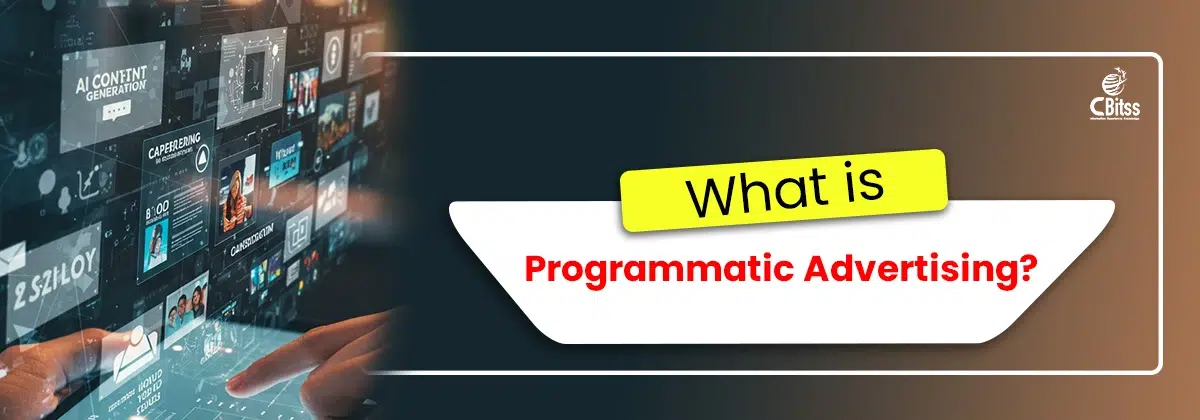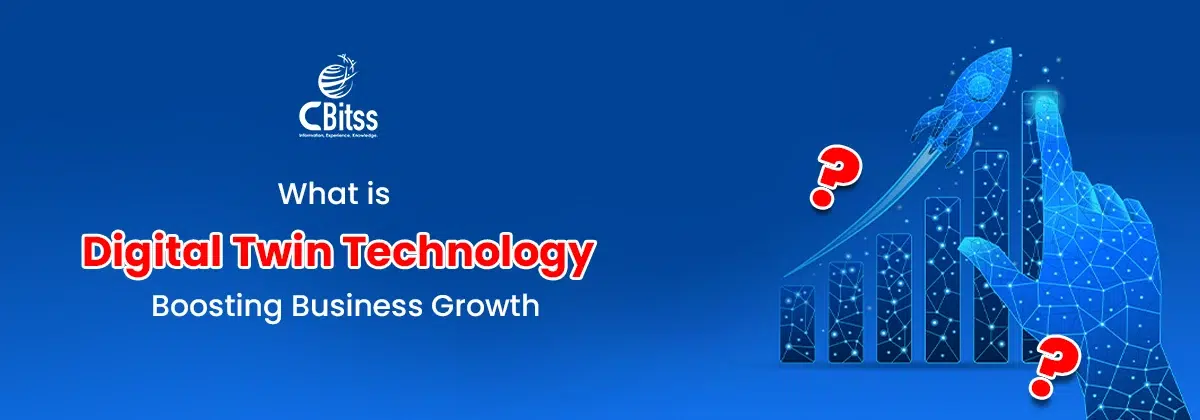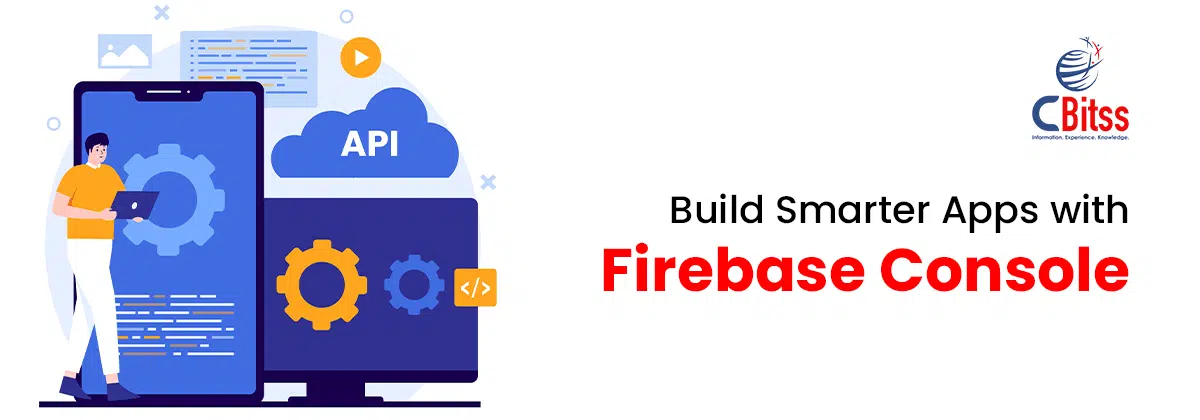Table of Contents
ToggleDigital ads have changed a lot over the years. We no longer rely only on banner ads or long talks between advertisers and publishers. This advertising is one of the greatest marketing transformations today. Nevertheless, a lot of people ask themselves the following question: What is programmatic advertising, and why is it so crucial in 2025?
Here in this article, we are going to say what exactly this idea is like, how it works, why it can be helpful, and what difficulties it presents. We will also discuss not-so-hot subjects such as eco-friendly advertisements, ethical ad auctions, and how programmatic is expanding in novel markets.
What is this Advertising?
Why It Has Taken Over
The rise of PA is mainly because it solves many of the problems that traditional advertising has struggled with for years. Before automation, advertisers used to be guided greatly by guesswork and large audience targeting. The digital ecosystem is now characterized by precision, individualization, and efficiency.
Some of the greatest growth catalysts are
Real-Time Bidding (RTB): Auctions are conducted in milliseconds, and hence advertisers can have equal chances of winning placements.
Cross-channel accessibility: adverts can be placed on display, mobile, video, connected television (CTV), and even digital audio.
Scalability: Brands can access millions of users worldwide without directly striking a deal with thousands of publishers.
It is this evolution that leads marketers in search of programmatic advertising what is to define the future of digital ad buying. To make your campaigns future-ready, skills like how to become the best programmer or even how to master Python programming can help you leverage AI-driven ad systems.
Types of Programmatic Platforms
There are different models under the programmatic umbrella, each with unique benefits:
- Open Auction (RTB): The most common method, where ad inventory is auctioned to the highest bidder in real time.
- Private Marketplaces (PMP): Invite-only auctions where select advertisers access premium inventory.
- Programmatic Direct: Deals are automated but involve pre-agreed pricing and guaranteed impressions.
- Preferred Deals: Publishers offer inventory at a fixed price before making it available to auctions.
Marketers often hire a PA agency to navigate these options effectively, as each model requires different levels of expertise and strategy.
Programmatic Display Advertising Explained
Programmatic Advertising Agency: Do You Need One?
To run programmatic campaigns, you will need demand-side platforms (DSPs), data management platforms (DMPs), and ongoing optimization. The gap is filled by these advertising agencies that do the following:
- Giving access to DSP and advanced tools
- Conducting A/B testing and analytics of performance
- Budgetary control across the channels
- Making sure that privacy regulations are complied with
To small businesses, this advertising agency offers access to enterprise-level advertising technology without having to develop in-house departments.
What Others Don’t Tell You About this
Most guides cover definitions and benefits, but here are critical areas often overlooked:
- The Threat of Algorithmic Bias: Programmatic decisions are made through AI, but bias can be transmitted by algorithms. For example, targeting may exclude minority groups or over-focus on urban audiences. Campaigns that are audited are part of inclusivity that must be followed by marketers.
- Auction Transparency: A common criticism is that bidding works like a black box. Often, brands do not realize how much of their media budget goes to actual ads compared to fees. This has created a demand for supply-path optimization (SPO), where advertisers aim for the most open and cost-efficient path to inventory.
- Carbon Footprint and Sustainability: Few marketers know that creating programmatic ad impressions is energy-intensive, especially with high-volume real-time bidding. Green advertising is now a growing concern, as advertisers want a greener supply chain and more environmentally friendly media.
To ensure campaigns are not just profitable but optimized, strategies like achieve first page ranking on Google or advanced data cleaning techniques also complement ad strategies.
Programmatic advertising helps you reach millions faster.
Emerging Markets and Data as the New Currency
Emerging Markets: The term “programmatic” in Emerging Markets can have different meanings. Depending on which English-speaking country you are in, it may refer to the company’s most cost-effective area or its most profitable region. Here, we will use it from a company perspective, where “programmatic” can be seen as another way of saying “leading position.”
Programmatic is creating a new standard in digital media across markets like India, Africa, and Southeast Asia, even though the method has already been common in the U.S. and Europe. These regions are competitive but also full of opportunities, especially with mobile-first audiences. However, they face challenges such as unreliable data quality and varying internet speeds.
Now, Currency is First-Party Data: As third-party cookies disappear, brands will have to rely on first-party data collected directly from consumers. The next generation of advertising will depend on programmatic platforms that support customer consent and privacy-first data.
If you want to grow brand presence in these markets, understanding digital strategies like ways how to grow on YouTube channel is equally important.
Challenges in Programmatic
Notwithstanding its growth, programmatic still has room for improvement. Key obstacles are:
On Ad fraud: Fake impressions and ad fraud continue to worry.
Brand safety: Ads can appear on bad or inappropriate websites if you do not give them proper control.
Data privacy laws: GDPR and CCPA rolled back targeting capabilities.
Knowledge curve: Figuring out how DSPs, SSPs, and DMPs work can be tricky for beginners.
This is where good experts and agencies can shine
Automate your marketing and reduce ad spend waste.
The Future of this Advertising
Looking ahead, some trends will define the industry in the future:
1. Creative: AI will also power creatives by creating ad creatives in real time in response to user behavior beyond media buying.
2. Connected TV Growth: With streaming to the fore, CTV will become the fastest-growing programmatic channel.
3. Voice & Audio Ads: The smart speaker and podcasts are introducing new possibilities for real-time targeting of audio.
4. Blockchain Transparency: The blockchain-based solutions can be used to curtail fraud and introduce transparency in bidding.
5. Privacy First World: After the death of cookies, in its place will be consent-based personalization.
For professionals, boosting technical knowledge, such as why Python is popular than other languages, can help stay ahead as automation and AI merge more deeply with ad tech.

Conclusion
So, then what is programmatic advertising really about? It is not a mere automation since it brings a paradigm change in the buying and selling of media. It enables brands to connect with the right people with unparalleled precision, yet it is also being met with struggles of transparency, morality, and sustainability.
Regardless of whether you are researching programmatic advertising what is, looking to invest in programmatic display advertising, or considering a partnership with an agency, the fact is undeniable: the future of digital advertising is programmatic, and the brands that take hold of it will remain ahead of the game.
Programmatic may be the future of ads, but your future lies in mastering digital marketing as a whole.
Your Future in Digital Marketing Starts Here – Learn with CBitss!
Dreaming of Becoming a Digital Marketer—Why Wait?
Start your journey here and learn how to become a digital marketer with CBitss.

Sukhamrit Kaur
Sukhamrit Kaur is an SEO Manager. She combines creativity with strategic SEO expertise to simplify complex ideas and drive online visibility. Passionate about digital growth, she helps businesses achieve measurable results through data-driven strategies, impactful content, and optimized search performance.







